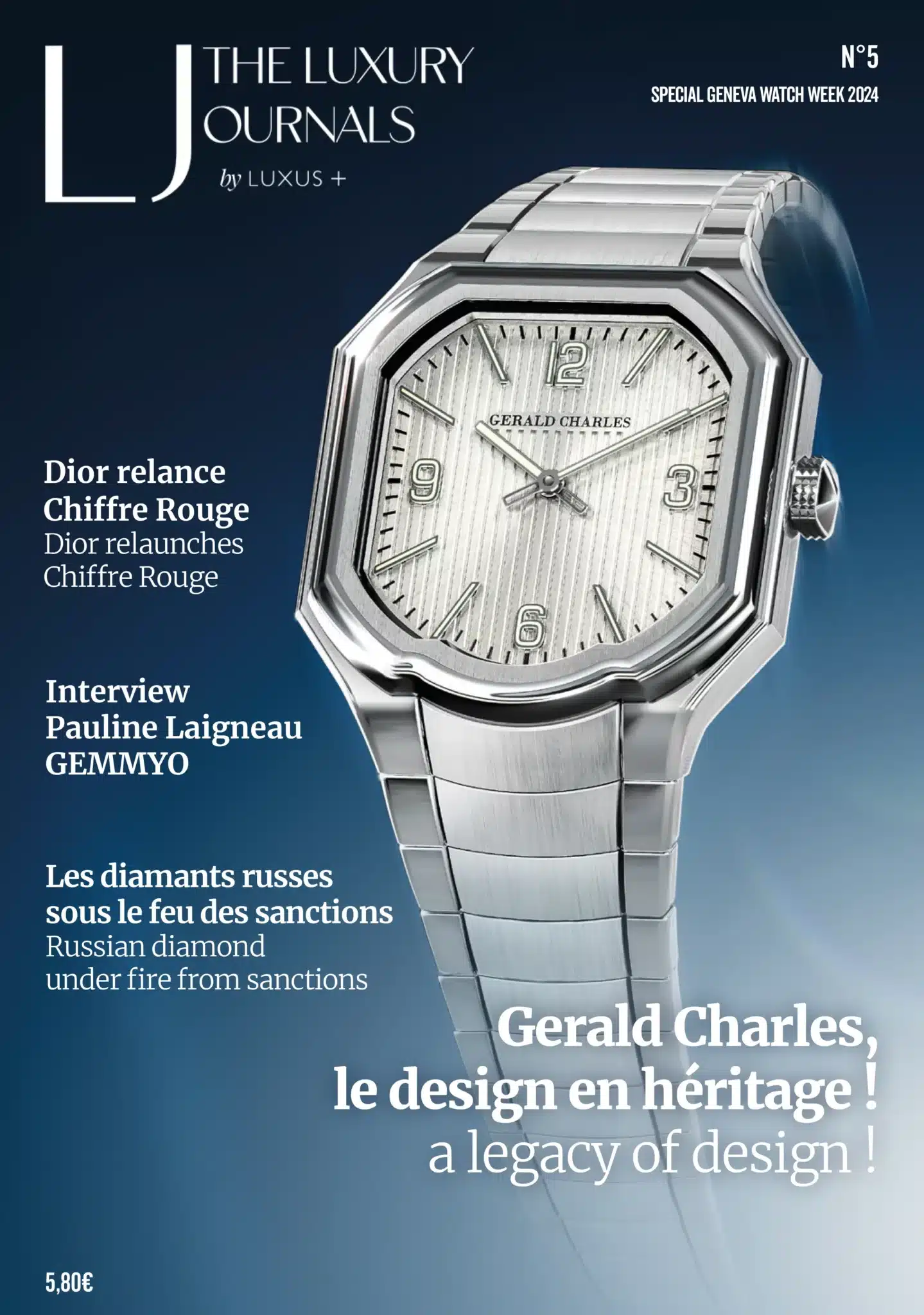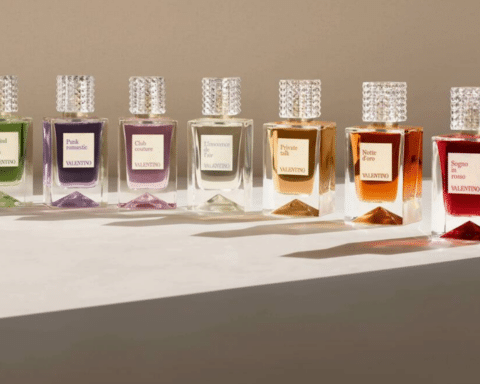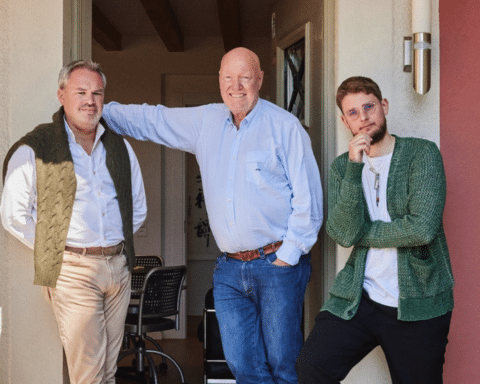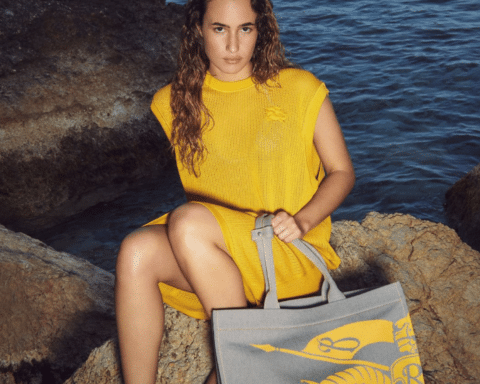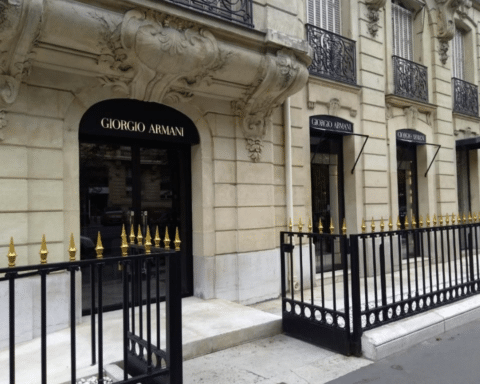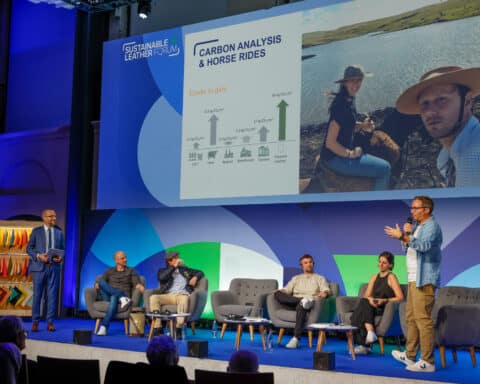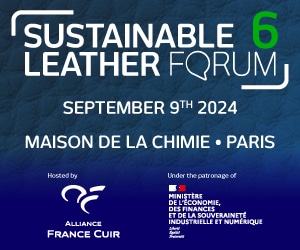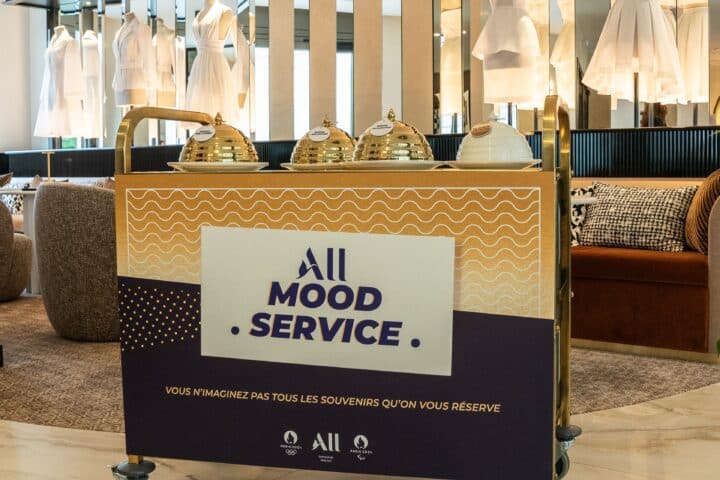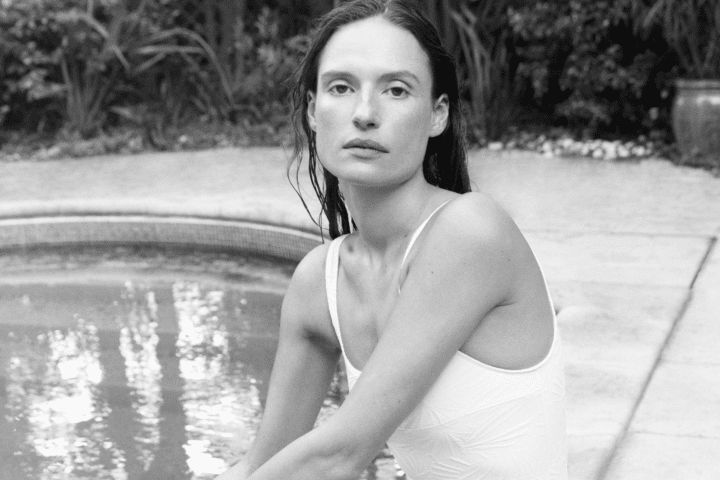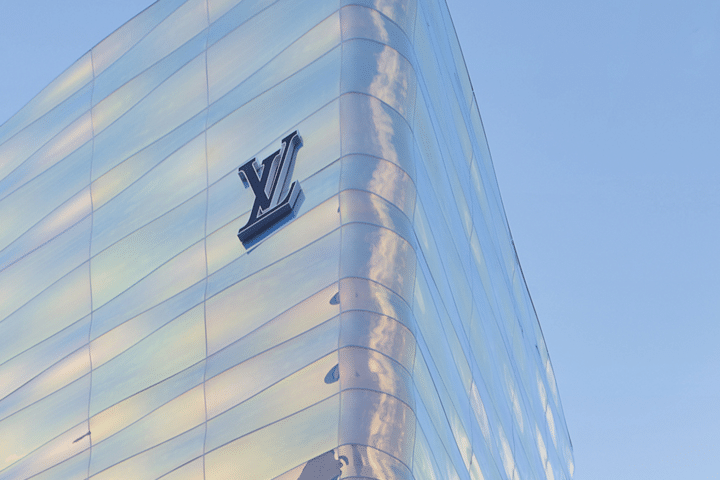[vc_row njt-role=”people-in-the-roles” njt-role-user-roles=”administrator,editor,author,armember”][vc_column][vc_column_text]
London-based Farfetch has just published its results for the second quarter. While the luxury platform’s GMV (sales volume) is up, profits are down, due to the deceleration of the US market, which is struggling with inflation. This tougher environment, coupled with increased competition, partly explains the decision to stop distributing beauty products on its digital platform.
Farfetch, one of the leaders in fashion and luxury e-commerce, published its results for the second quarter ended June 30.
Sales fell by 1.3% to $527 million in the 3 months to June 30, due to lower platform and in-store revenues.
Digital platform GMV and service platform revenues recorded year-on-year increases of 7% and 10% respectively. Farfetch also reports a record audience of 4.1 million active consumers, up 7% year-on-year. Added to this is a 40% expansion of the offer on a comparable basis, totaling an inventory of 17 million unit products, distributed by 1,400 sellers (multi-brand and brand e-concession).
A downward trend in revenues and profits
In detail, the company reported sales of $572.09 million, compared with $579.35 million a year earlier. The net loss amounted to $271.87 million, compared with a net profit of $70.48 million a year ago.
Meanwhile, the Farfetch Group’s GMV rose by 1.2% in the second quarter to $1,032.6 million, while revenues fell by $7.3 million to $572.1 million, a decline of 1.3%.
For the half-year, sales amounted to $1,128.48 million, compared with $1,094.15 million a year ago. Net loss amounted to $443.79 million, compared with net income of $804.81 million the previous year.
In a press release, the company stated that this decline was due to a 42.2% drop in brand platform revenues, to $67.4 million, as well as a 15.1% drop in in-store revenues, to $22.7 million. According to the company, however, these declines were partially offset by a 10.5% increase in digital platform revenues to $482 million.
According to José Neves, founder, president and CEO of Farfetch: “Our second-quarter results show that Farfetch is growing, becoming more efficient and executing on our key strategic priorities.”
He adds, “We have also taken decisive steps to adapt to the macroeconomic environment of the last 18 months. 2023 looks set to be a great year for Farfetch, with strong GMV growth, adjusted EBITDA profitability and positive free cash flow.”
Behind this downward trend, Farfetch is said to have struggled to manage its inventories and seen its profit margins shrink amid the economic slowdown in the US.
The difficulties encountered by the luxury e-commerce leader could be behind an exit from the British company’s beauty universe.
A beauty offer called into question
Revealed by WWD media, Farfetch has decided to close its beauty division (skincare products, hair care and fragrances) on its digital platform, after just 18 months of existence. This new universe had been launched last April following the acquisition of Violet Grey, a specialist retailer with some 100 brands such as Charlotte Tilbury and La Mer.
The discontinuation of the perfume and cosmetics offer follows the decision of luxury goods resale platform The RealReal to withdraw from the beauty universe last March. The e-commerce site made it clear, however, that this type of product represented only a tiny part of its offering.
For the latter, the maneuver involves refocusing on its luxury goods consignment business and reallocating resources from its direct business.
In the past year, many platforms have taken an interest in this promising beauty segment, valued by McKinsey at $430 billion (€391 billion).
In the wake of Farfetch and The RealReal, Moda Operandi and Best Buy began selling beauty products, leading to a saturation of supply.
However, while The RealReal chose to sell off its stock before closing the segment for good, Farfetch chose to maintain the Violet Grey business as an independent entity within the group.
Another reason for disenchantment is the disincentives associated with the act of buying a beauty product from a distance.
Indeed, beauty customers are still keen on face-to-face consultation and in-store fitting with brands with a well-established reputation.Not enough to allow platforms to develop their own “private label” brands, which would increase margins and control image.
Read also> Valentino goes virtual with Farfetch
Featured photo : © Press [/vc_column_text][/vc_column][/vc_row][vc_row njt-role=”not-logged-in”][vc_column][vc_column_text]
London-based Farfetch has just published its results for the second quarter. While the luxury platform’s GMV (sales volume) is up, profits are down, due to the deceleration of the US market, which is struggling with inflation. This tougher environment, coupled with increased competition, partly explains the decision to stop distributing beauty products on its digital platform.
Farfetch, one of the leaders in fashion and luxury e-commerce, published its results for the second quarter ended June 30.
Sales fell by 1.3% to $527 million in the 3 months to June 30, due to lower platform and in-store revenues.
Digital platform GMV and service platform revenues recorded year-on-year increases of 7% and 10% respectively. Farfetch also reports a record audience of 4.1 million active consumers, up 7% year-on-year. Added to this is a 40% expansion of the offer on a comparable basis, totaling an inventory of 17 million unit products, distributed by 1,400 sellers (multi-brand and brand e-concession).
A downward trend in revenues and profits
In detail, the company reported sales of $572.09 million, compared with $579.35 million a year earlier. The net loss amounted to $271.87 million, compared with a net profit of $70.48 million a year ago.
Meanwhile, the Farfetch Group’s GMV rose by 1.2% in the second quarter to $1,032.6 million, while revenues fell by $7.3 million to $572.1 million, a decline of 1.3%.
For the half-year, sales amounted to $1,128.48 million, compared with $1,094.15 million a year ago. Net loss amounted to $443.79 million, compared with net income of $804.81 million the previous year.
In a press release, the company stated that this decline was due to a 42.2% drop in brand platform revenues, to $67.4 million, as well as a 15.1% drop in in-store revenues, to $22.7 million. According to the company, however, these declines were partially offset by a 10.5% increase in digital platform revenues to $482 million.
According to José Neves, founder, president and CEO of Farfetch: “Our second-quarter results show that Farfetch is growing, becoming more efficient and executing on our key strategic priorities.”
He adds, “We have also taken decisive steps to adapt to the macroeconomic environment of the last 18 months. 2023 looks set to be a great year for Farfetch, with strong GMV growth, adjusted EBITDA profitability and positive free cash flow.”
Behind this downward trend, Farfetch is said to have struggled to manage its inventories and seen its profit margins shrink amid the economic slowdown in the US.
The difficulties encountered by the luxury e-commerce leader could be behind an exit from the British company’s beauty universe.
A beauty offer called into question
[…][/vc_column_text][vc_cta h2=”This article is reserved for subscribers.” h2_font_container=”tag:h2|font_size:16|text_align:left” h2_use_theme_fonts=”yes” h4=”Subscribe now !” h4_font_container=”tag:h2|font_size:32|text_align:left|line_height:bas” h4_use_theme_fonts=”yes” txt_align=”center” color=”black” add_button=”right” btn_title=”I SUBSCRIBE !” btn_color=”danger” btn_size=”lg” btn_align=”center” use_custom_fonts_h2=”true” use_custom_fonts_h4=”true” btn_button_block=”true” btn_custom_onclick=”true” btn_link=”url:https%3A%2F%2Fluxus-plus.com%2Fen%2Fsubscriptions-and-newsletter-special-offer-valid-until-september-30-2020-2-2%2F”]Get unlimited access to all articles and live a new reading experience, preview contents, exclusive newsletters…
Already have an account ? Please log in.
[/vc_cta][vc_column_text]Featured photo : © Press[/vc_column_text][/vc_column][/vc_row][vc_row njt-role=”people-in-the-roles” njt-role-user-roles=”subscriber,customer”][vc_column][vc_column_text]
London-based Farfetch has just published its results for the second quarter. While the luxury platform’s GMV (sales volume) is up, profits are down, due to the deceleration of the US market, which is struggling with inflation. This tougher environment, coupled with increased competition, partly explains the decision to stop distributing beauty products on its digital platform.
Farfetch, one of the leaders in fashion and luxury e-commerce, published its results for the second quarter ended June 30.
Sales fell by 1.3% to $527 million in the 3 months to June 30, due to lower platform and in-store revenues.
Digital platform GMV and service platform revenues recorded year-on-year increases of 7% and 10% respectively. Farfetch also reports a record audience of 4.1 million active consumers, up 7% year-on-year. Added to this is a 40% expansion of the offer on a comparable basis, totaling an inventory of 17 million unit products, distributed by 1,400 sellers (multi-brand and brand e-concession).
A downward trend in revenues and profits
In detail, the company reported sales of $572.09 million, compared with $579.35 million a year earlier. The net loss amounted to $271.87 million, compared with a net profit of $70.48 million a year ago.
Meanwhile, the Farfetch Group’s GMV rose by 1.2% in the second quarter to $1,032.6 million, while revenues fell by $7.3 million to $572.1 million, a decline of 1.3%.
For the half-year, sales amounted to $1,128.48 million, compared with $1,094.15 million a year ago. Net loss amounted to $443.79 million, compared with net income of $804.81 million the previous year.
In a press release, the company stated that this decline was due to a 42.2% drop in brand platform revenues, to $67.4 million, as well as a 15.1% drop in in-store revenues, to $22.7 million. According to the company, however, these declines were partially offset by a 10.5% increase in digital platform revenues to $482 million.
According to José Neves, founder, president and CEO of Farfetch: “Our second-quarter results show that Farfetch is growing, becoming more efficient and executing on our key strategic priorities.”
He adds, “We have also taken decisive steps to adapt to the macroeconomic environment of the last 18 months. 2023 looks set to be a great year for Farfetch, with strong GMV growth, adjusted EBITDA profitability and positive free cash flow.”
Behind this downward trend, Farfetch is said to have struggled to manage its inventories and seen its profit margins shrink amid the economic slowdown in the US.
The difficulties encountered by the luxury e-commerce leader could be behind an exit from the British company’s beauty universe.
A beauty offer called into question
[…][/vc_column_text][vc_cta h2=”This article is reserved for subscribers.” h2_font_container=”tag:h2|font_size:16|text_align:left” h2_use_theme_fonts=”yes” h4=”Subscribe now !” h4_font_container=”tag:h2|font_size:32|text_align:left|line_height:bas” h4_use_theme_fonts=”yes” txt_align=”center” color=”black” add_button=”right” btn_title=”I SUBSCRIBE !” btn_color=”danger” btn_size=”lg” btn_align=”center” use_custom_fonts_h2=”true” use_custom_fonts_h4=”true” btn_button_block=”true” btn_custom_onclick=”true” btn_link=”url:https%3A%2F%2Fluxus-plus.com%2Fen%2Fsubscriptions-and-newsletter-special-offer-valid-until-september-30-2020-2-2%2F”]Get unlimited access to all articles and live a new reading experience, preview contents, exclusive newsletters…
Already have an account ? Please log in.
[/vc_cta][vc_column_text]Featured photo : © Press[/vc_column_text][/vc_column][/vc_row]


